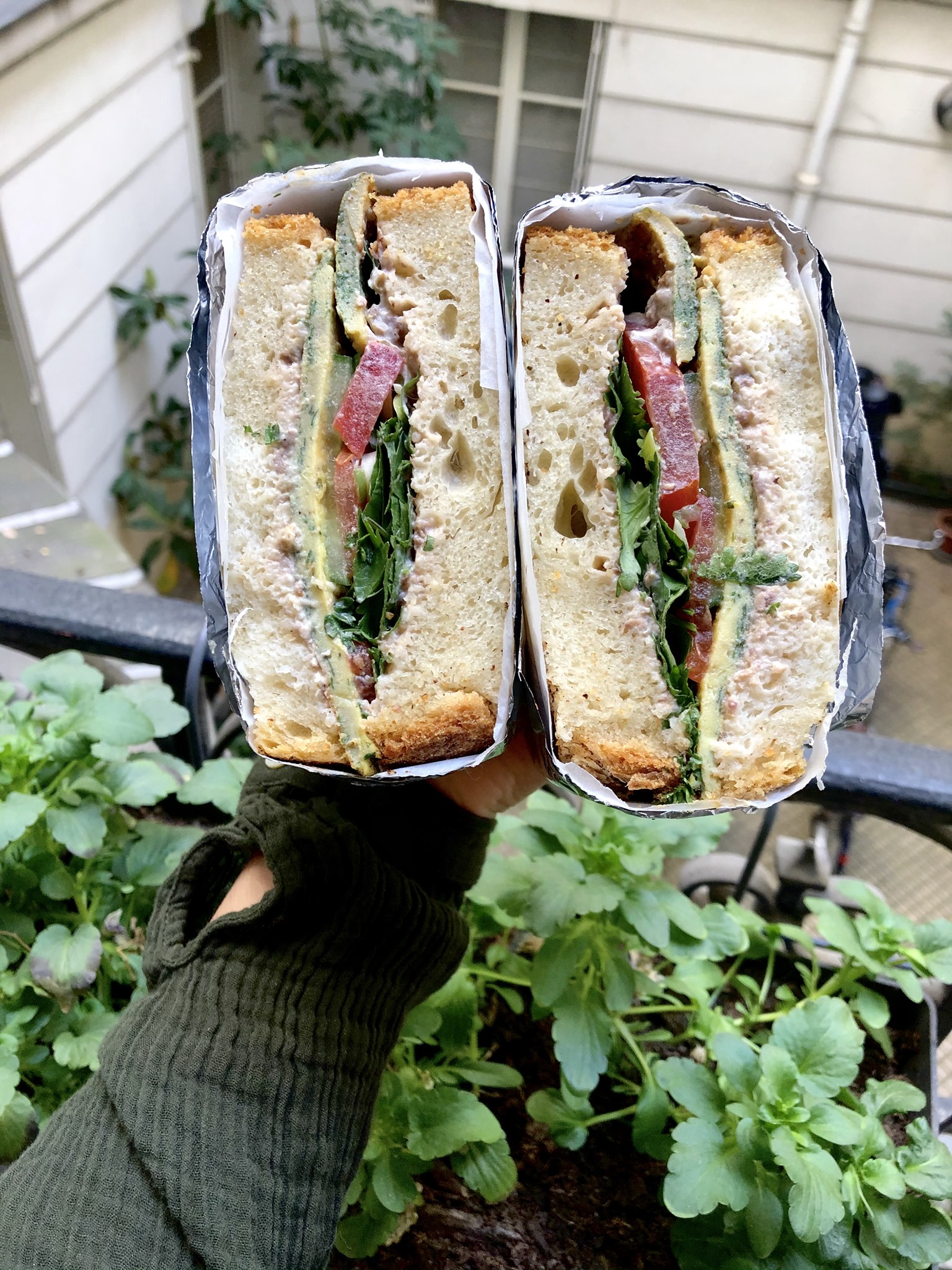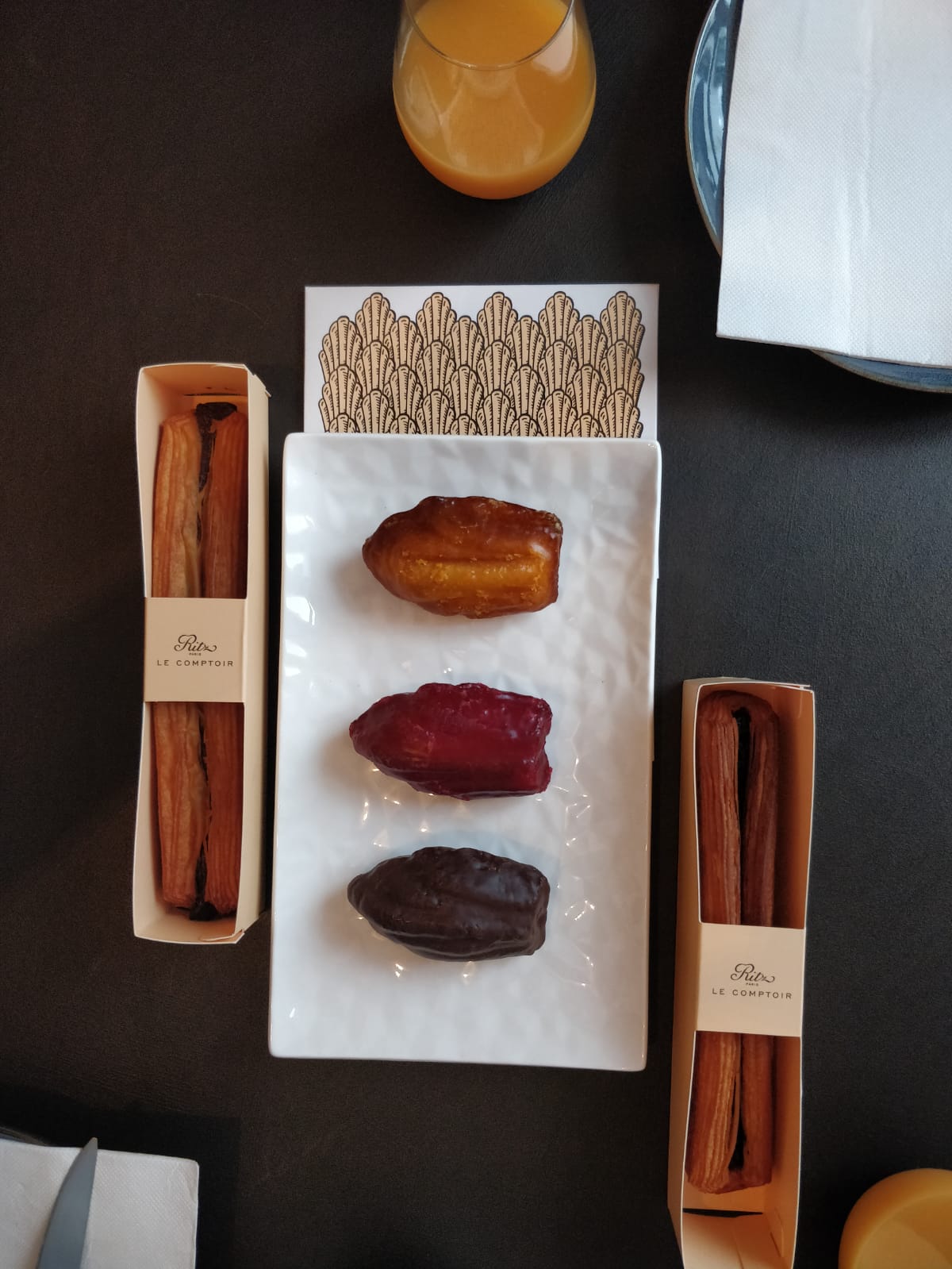Dishes to share, finger food and value-for-money menus are the three trends this summer! ©Pexels- Askar Abayev
Alongside the health crisis, restaurants are having to adapt to new consumer expectations. Three trends are currently in vogue: sharing dishes, finger foods and value-for-money menus. Demonstration and explanation.
Since the reopening of the restaurants, the atmosphere is rather “à la bonne franquette” (pot-luck meal), both on the terrace and in the dining room. After the repeated confinements, consumers are looking for proximity, conviviality and simplicity. They prefer addresses close to home and are loyal to those that have switched to “click & collect”. They like to sit down with friends. As for the “beer and chips” formula, it is displayed on every slate. This is a logical extension of the improvised aperitifs on Zoom or Teams. Faced with this situation, chefs and cooks have to adapt. Hence the increase in the number of dishes to share. Some people had already started doing this before the health crisis, but the arrival of Covid has only accelerated the trend. The proof: Hugo Desnoyer’s new concept, called Alphonsine and adjacent to his butcher’s shop-restaurant in the 16th arrondissement of Paris, offers a selection of tapas, all prepared “minute” on the plancha and served on a plate from which everyone can pick. Small sweet and savoury portions, designed and made to satisfy as much as a meal. The same scenario at Mother, in Boulogne-Billancourt, where the list of “Plates to share” is long, with panko chicken as well as gravlax salmon, aubergine caviar or… homemade satay fries, with “smoked mayonnaise”.

The “Beer and Chips” formula, a safe bet! ©Pexels-Elevate
Everything can be enjoyed without a knife or fork
Another observation and consequence of the success of “click & collect”: the star dishes of restaurants are increasingly easy to transport and no longer require cutlery to be eaten. A return to a slightly regressive way of eating, with a preference for fingers. Burgers, hot dogs, sandwiches, toast and tapas: everything can be enjoyed on the spot, in the street, at home or at the office, without a knife or fork. Even on the 5th floor of the Samaritaine, under the Art Nouveau glass roof, the Voyage restaurant focuses on a selection of “French-style tapas”, where oyster tartare – a mixture of beef, oysters and condiments – is served in bite-sized pieces. As for Shosh, the Parisian pop-up from the trio of chefs from the Michelin-starred restaurant Shabour, it offers two sandwiches inspired by the flavours of Jerusalem and the concept could be made permanent as of next fall. Finally, sandwiches and pastries, designed by pastry chef François Perret at the Ritz Paris Le Comptoir, are slimmed down in shape and packaged in elongated boxes to make them easier to eat with the fingers, without staining.

The Havita sandwich from Shosh. ©Harupimedia

Breakfast at Talent Developer with madeleines and pains au chocolat from Comptoir du Ritz! ©T.D
We don’t want to be tricked anymore
The last argument that hits home with customers is the good price-quality ratio. In other words, they don’t want to be cheated. Consumers look at where the products come from, or even the respect of short circuits, and above all the way they are welcomed. In short, they want the best possible value for money. Hence the bouillons (large fast paced restaurants serving good quality for affordable prices) and other Routiers (originally restaurants along the road filled with truck drivers) that are sold out, with menu proposals for less than 15 euros, in a no-frills and rather joyful atmosphere. As for the good and cheap croque-monsieur, it is becoming rare. The niche was up for grabs. It has been done with the Croq’Michel concept, imagined by the starred chef Michel Sarran, in Toulouse and Paris, which offers croques for less than 10 euros. As for the ham and butter sandwich, it’s hard to beat Eric Frechon’s €8 XXL version in his Lazare brasserie, next to the eponymous Parisian station. For this sandwich, the starred chef uses 120 grams of Prince de Paris ham and unsalted Bordier butter, which he spreads on two large slices of bread.

Checked tablecloths, bistro chairs and an old-fashioned decor make the Routiers so charming. Here the Routier “Aux bons crus”, in Paris (XIth). ©DR

